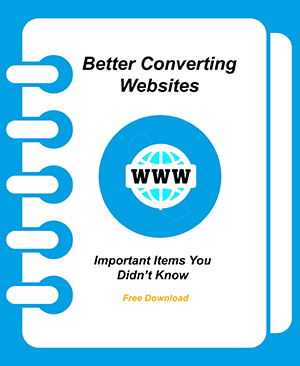Prior to starting work on your web design Santee you obviously have a plan on how to promote your website. It is only with proper marketing that your website will be found and meet its purpose. There are two main options here, SEO (search engine optimization) and PPC (Pay per Click). Each option has its share of pros and cons. It is wise to use them in combination so as to achieve the best results. If you decide to use PPC campaigns, there are a number of terms you need to be familiar with so as to make the most informed choices.
SEM (Search Engine Marketing)
SEM is the first recommendation your web designer Santee will recommend when considering PPC. SEM refers to digital marketing that is done on search engines such as Bing, Google and Yahoo. SEM encompasses paid search engine optimization. For this to work, your ads must be optimized for certain target keywords. Your paid listing will only show up when someone enters keywords that are relevant to your ads.
CPC (Cost-per-click)
This refers to the adverts where you get charged for every click on your ad. CPC serves as your bid in an auction. A higher bid equals a better ad placement. CPC is set at the maximum amount you wish to spend per click on your ad. What you pay is determined by this formula: (competitor’s Ad Rank/Your Quality Score) + 0.01 = Actual CPC. Terms you need to know about this equation are:
- Ad Rank
This will determine the position of your ad on the search engine results page. Maximum Bid x Quality Score.
- Quality score
This is the score given by search engine to your ad based on the click-through rate (CTR) measured against average CTR of the ads in that position, the relevance of your keywords, quality of landing page and past performance.
- Maximum Bid
This is the maximum amount you are willing to pay per click on your ad.
CPC can be set to manual so that you determine maximum bid for your ads or to enhanced so that the search engine can adjust the bid based on your goals.
CPM (Cost per Mille)
This is also referred to as cost per thousand. It is the cost per every thousand impressions. It is used mainly for paid social and display ads.
There are more terms involved in PPC. The most important thing to do is liaise with an experienced web designer Santee before making your choice. Not every marketing strategy will work for your type of website.







